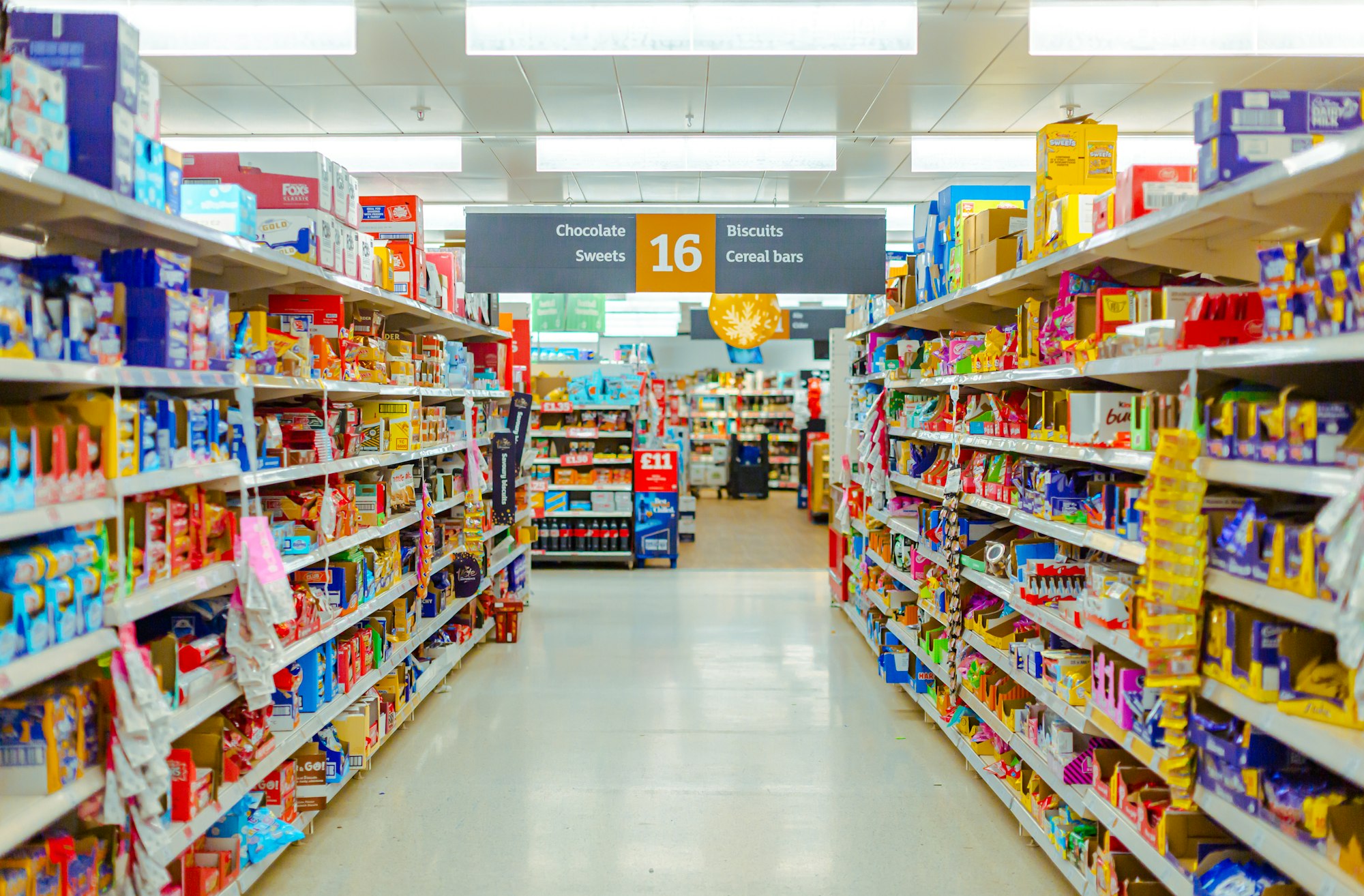Consumer psychology: ordering your products at the POS to achieve sales.

At the point of sale, display is a priority. This is not only where the purchase action occurs, but it is also where the trade marketing strategy demonstrates its real reach; and, consumer psychology is key in this field.
Consumer psychology has shown that many times the decisions made when buying are not entirely made by the consumer, since there are elements that both marketing and trade marketing teams use to influence the purchase decision.
Things like the appearance, location and price of products act on our unconscious and influence us to buy more. That is why today, from QuartzSales we want to give you the best tricks so that you can organize your products in the POS to achieve successful and constant sales. Keep reading!
In the POS, the gondolas and additional displays are the most common manifestations in the display of products, both having a vital role in the purchase decision of consumers. Therefore, it is vital that you know your consumer and his behavior in order to understand how he moves within the point of sale and thus induce him to the purchase.
In other words, you need a strategy that considers both the location and the purpose and format of the display so that your brand stands out in the limited space that a point of sale offers, surrounded by distractions and competing products, and captures attention. from a buyer. To achieve this successful strategy we must rely on consumer psychology.
Consumer psychology.
The Psychology of consumption studies consumer behavior, which is based on understanding the reasons that drive people to acquire goods or services as a way to satisfy desires and needs, using knowledge derived from information, communication and social influence strategies. It is an interdisciplinary field where economics and psychology converge around the variables that make it possible to more accurately explain and predict the consumption behavior of individuals and social groups.
It is clear that each consumer has unique characteristics and preferences that influence their purchase decision, for example, by demographics, age, lifestyle or needs, however, consumer psychology helps companies to know what they want and your target audience needs and how they can persuade them to purchase a product or service. Although a person's thoughts can be difficult to predict, the qualities and behaviors that they display allow for a more accurate analysis.
It is important to know that although consumer psychology is a very useful tool to shape the marketing strategies that are launched to customers, it should not be taken as a magic tool or a way to manipulate or deceive people. Misusing consumer information is unethical and only misleads a brand with the wrong goal and message. Customers will always notice when they are being sold something of quality or not, and at that point, you can suffer irreparable reputational damage.
How to position products correctly within the POS according to the psychology of the consumer?

1-. Basic needs should always be far from the entrance.
The products that the consumer normally looks for in the supermarket, such as meat, bread, water or fruits and vegetables, should always be far from the entrance, either at one end of the supermarket or at the back of it. This ensures that before buying them, the customer has to walk a good part of the supermarket and succumb to the effects of marketing and promotions, and end up buying things that they did not need or were not looking for in the first place.
2-. Products that are purchased on impulse must be located at the POS exit.
If your brand sells products that fit into this category, remember that you must locate them at the exit of the points of sale. For example; Nobody goes to a supermarket looking for gum or chocolate, but while you're waiting to pay, you may have a little craving. In supermarkets, 30% of purchase decisions are made on impulse.
3-. The "not so necessary" products have a strategic location.
It is important that the trade marketing teams of mass consumption companies make strategic alliances with supermarkets so that their products have a good location on the shelf. Remember that, normally, the best-selling products should be positioned in the middle of the aisle, but those that are more expensive or that are not as necessary should be placed at the beginning and at the end of these. In this way, the consumer is forced to pass twice in front of them to go and return in the aisle, thus increasing the visibility of the product and it is very likely that the consumer will end up buying it.
There are many more ways to organize your products in the POS, and little by little we will be giving you more tips that will be very useful for you. We hope you have enjoyed this article and remember that every Wednesday we have a new one on our blog.
Follow us on instagram @quartzsales
LinkedIn QuartzSales
Until next time! ;)

